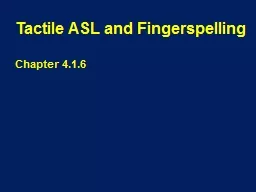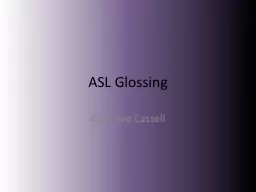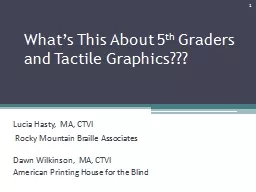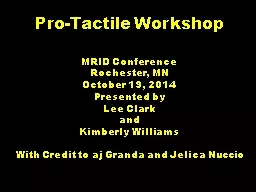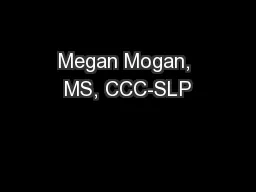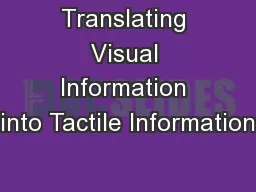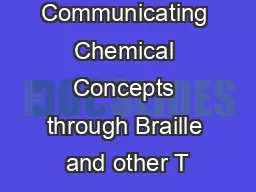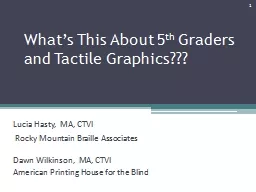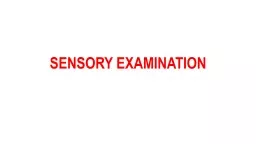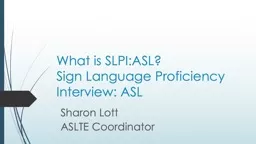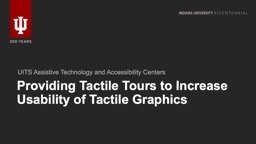PPT-Tactile ASL and Fingerspelling
Author : myesha-ticknor | Published Date : 2016-07-25
Chapter 416 Overview Research on how DB people use Sign Language has barely begun Some DB people grew up deaf using fairly traditional ASL while many others grew
Presentation Embed Code
Download Presentation
Download Presentation The PPT/PDF document "Tactile ASL and Fingerspelling" is the property of its rightful owner. Permission is granted to download and print the materials on this website for personal, non-commercial use only, and to display it on your personal computer provided you do not modify the materials and that you retain all copyright notices contained in the materials. By downloading content from our website, you accept the terms of this agreement.
Tactile ASL and Fingerspelling: Transcript
Download Rules Of Document
"Tactile ASL and Fingerspelling"The content belongs to its owner. You may download and print it for personal use, without modification, and keep all copyright notices. By downloading, you agree to these terms.
Related Documents

